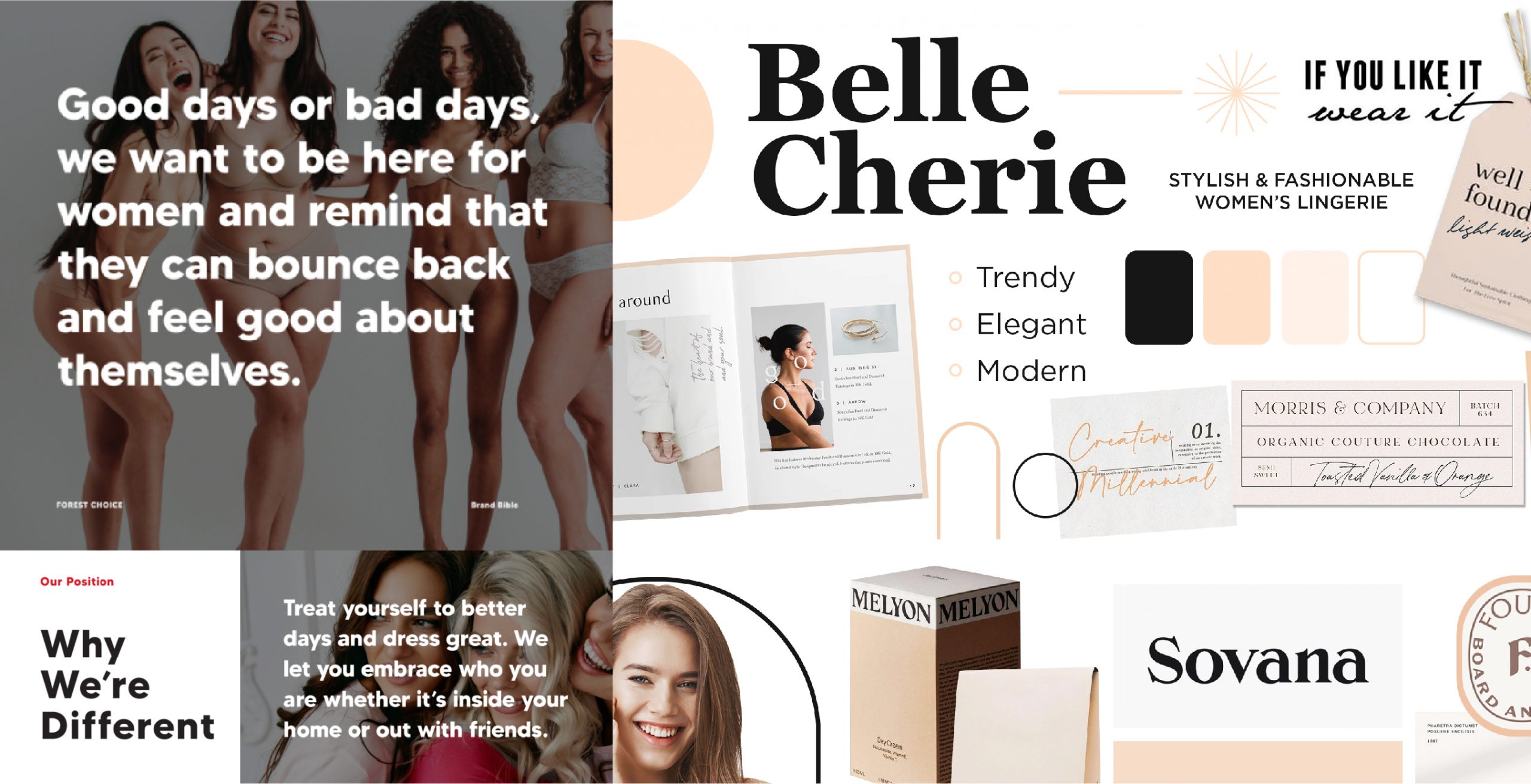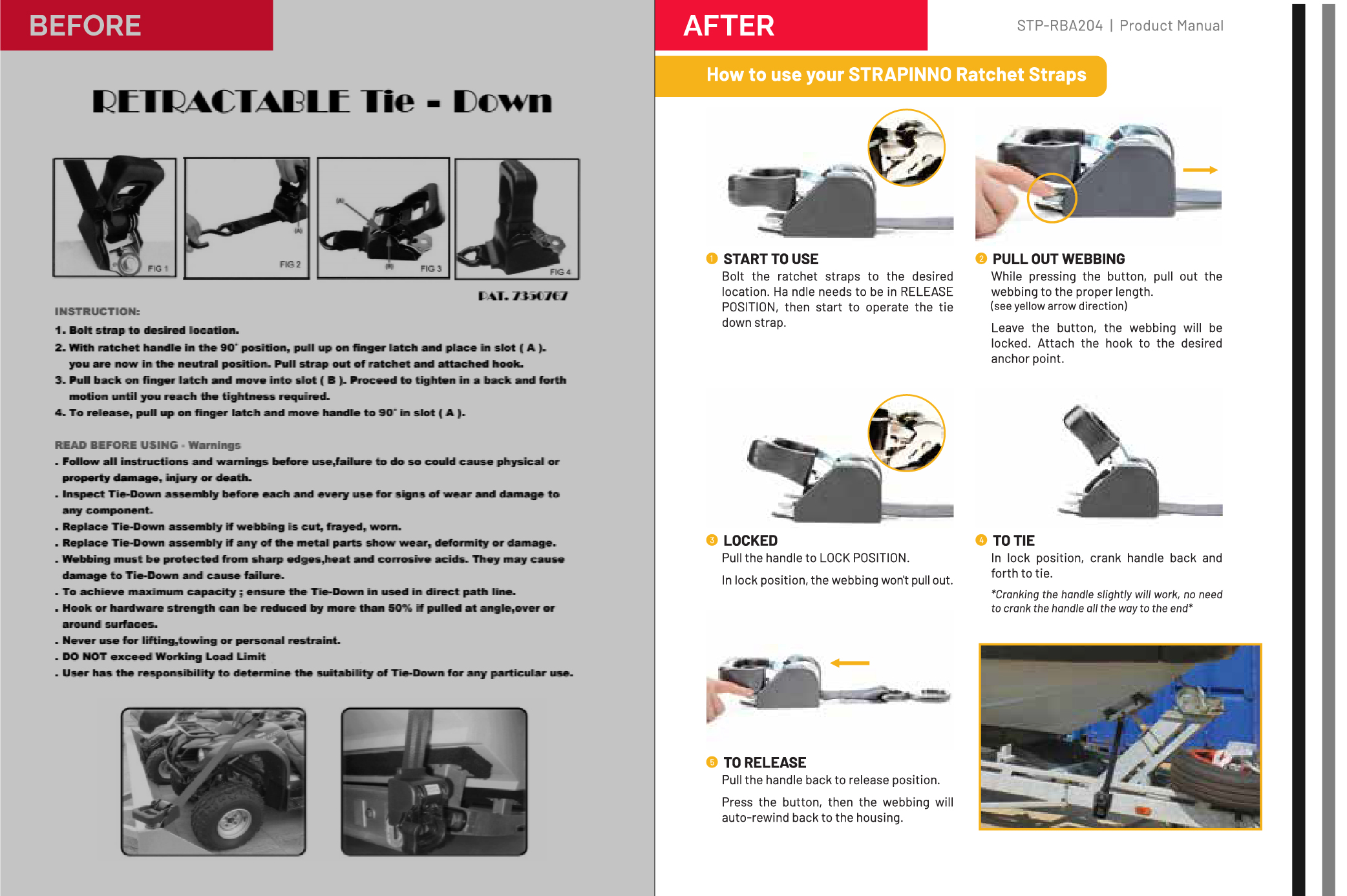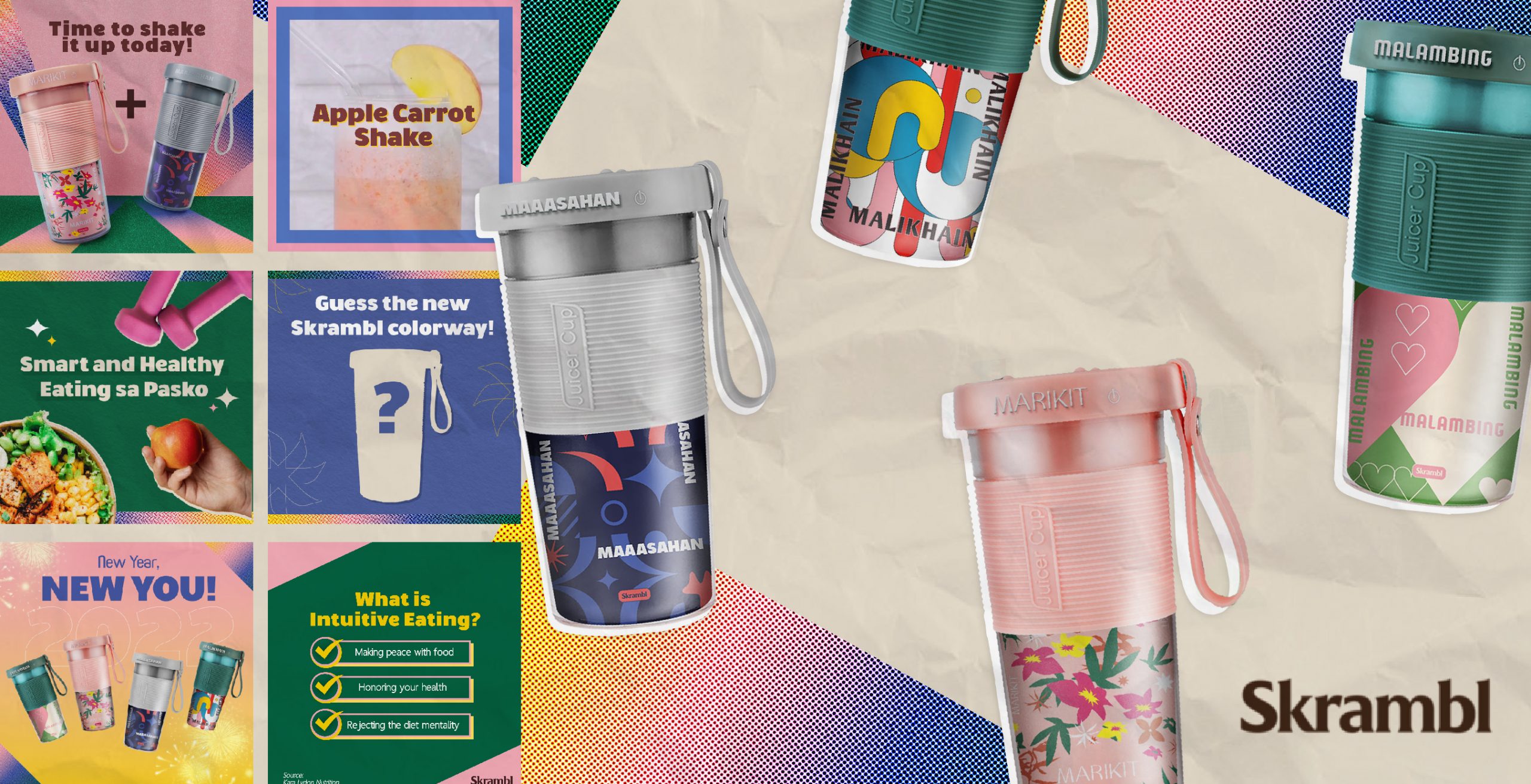It’s no secret that every brand wants to build a strong relationship with its followers. People connect through emotion and they can easily spot who is insincere.
How do you build a bond that won’t easily be swayed? The answer is branding.
This is vital because not only is it what makes a memorable impression on consumers, it is also what determines what you can deliver apart from your product. This is your way of showing you can exceed expectations of your clientele and the ever-growing market.
Does your business have this down pat? If not, it’s time to begin the work!
In this article, we help you understand branding and everything that comes with it a little better. We even share a few tips on how to make sure you’re on the right path! Read on below.
Why do branding and stylescapes matter ?
Before we get into the details, let’s define our two big words first! Let’s define each and discuss their purpose.
Branding — the process of creating a story for a product, company, or organization by creating a persona in the consumers’ minds. It’s strategically designed by professionals to help people identify and experience a brand and keep them top of mind over competitors.
Stylescape — this is a collection of assets such as colors, fonts (or typography), photographs, filters, patterns, and more that are put together to build a streamlined aesthetic for a product or service. You may also think of it as a professional or elevated mood board but is a few steps below “brand bible.

These two factors are the backbone of building a strong identity.
The ultimate goal is for people to be able to recall who you are and what your business is about even in the tiniest details. In turn, if they never need what you can offer, your brand or products will be the first thing they search for.
A quick step-by-step guide to creating a stylescape
How does one begin in creating a stylescape? You can start by identifying these business aspects:
- Know your target audience. Who do you want to serve and talk to?
- Draft your brand story. How did your business come about? What inspires you?
- Design pegs. What do you want your brand to look like?
You can work off of these three big factors to begin.
However, if you’re a startup and have no experience with building a brand from the ground up, enlisting the help of marketing professionals would be helpful. They will take your ideas and create a masterpiece out of it.
The top 5 things every brand should have
If you have a clear answer to these five things, you shouldn’t worry about forming a cohesive story. You have one, all you need is a little help to craft it to one narrative.
- A clear backstory. What is your motivation or goal as a brand?
- A personality that suits what the brand is or wants to become.
- Defined aesthetic. What colors do you want to represent your brand?
- A customer persona. This will help you avoid talking to everyone aimlessly and bypassing your target clientele.
- Consistency. Are you true to what you promise as a company?
How does a solid branding story help boost sales?
There’s no going around it: Proper branding will be helpful for businesses to stand out in the sea of competitors, especially on Amazon.
The look, tone of voice, and persona of your brand can help influence people’s perception of you, affect buying decisions, create repeat purchases, and help the brand become memorable.

Remember, branding adds value, credibility, and strengthens brand presence.
Benefits of having a strong brand image
A loophole-proof image and messaging that is cohesive helps the business directly relate to specific people.
These specific people or target audience will be able to associate themselves better with your brand and could eventually help you when their trust turns into purchases.
Some things to reflect on:
- How do you want your customers to remember you?
- What do they think of you?
- Why should they care about you and check out your products?
It’s all about value and brands that are consistent, memorable, and distinguishable last longer in the game. Lack of consistency across touchpoints results in a dysfunctional, messy brand experience. As harsh as it may sound, you will become forgettable without a story.

A good example with a strong image and story is Skrambl—this brand has taken health and put a new spin to it by making it inclusive.
The market is saturated with fitness products that promote a certain ideal but what pushes Skrambl forward is the narrative that health should be for everybody, regardless of size, shape, or lifestyle. They have taken it into their hands to make being healthy fun, too.
What can you do to jumpstart your brandstory?
Don’t have the budget to invest in a third-party branding professional just yet? We’ve got a few tips to help you do some necessary tweaks on your own to start.
- It’s important to know what you want for your brand (what’s your message, personality, target audience and overall aesthetic).
- Try to gather information and references on your own once you already know what direction you want for your brand.
- Collect references like sample images, mood boards on pinterest or brands you aspire to become (even if it’s from a different category) will help you visualize more on what you want your brand to become.
Not only will it help increase your brand awareness, it will also help you build a loyal clientele. If you’re looking for a custom-tailored strategy to help you out, take advantage of our FREE strategy session call by clicking here



